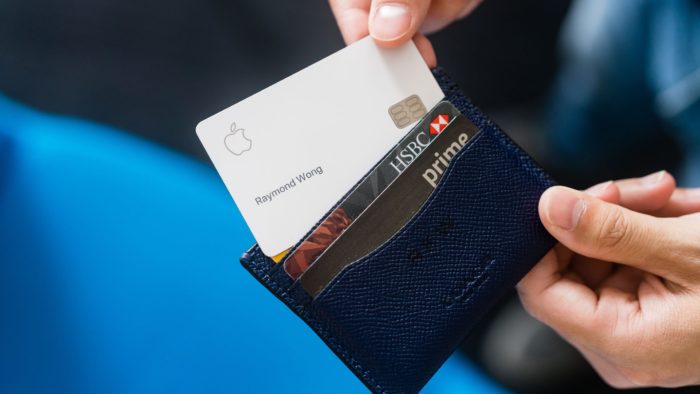‘Numberless’ bank cards could be the future: here’s why
September 2021
In the last few years, bank cards have become increasingly popular and familiar to all of us. This is, in part, due to innovations such as contactless, repurposed ocean plastic and biometrics fingerprint authentication. Today around 3 billion cards are issued every year and the total number of cards in use exceeds seven billion. For every 100 payments in store, 45 were made using a card in 2019, and that figure is expected to grow to 49 by 2023.
No matter where you go, no matter which bank you bank with, you will most times be able to pay with your card, in store and online.
Given the rise of the smartphone as the personal digital bank, it’s probable that we’re moving towards a future where cards and cell phones will coexist rather than compete. The first likely evolution could very well be the proliferation of ‘numberless cards.’
The case for removing numbers on banking cards
Your name, personal account number, card expiration date, and the CVV are all used today as authentication when filling payment checkout forms on ecommerce websites. If all this data was available within the cardholder’s bank mobile app, it could be removed from the card body without truly changing the cardholder experience.
Besides the cardholder’s name, all other data on cards can, in theory, be removed.
Combining card and mobile services
Today, banks provide your account number, expiration date and CVV of an issued card in your mobile app. According to the PCI DSS (Payment Card Industry Data Security Standard) rules, only the first five digits and the last four are allowed to be displayed on a mobile banking app. This is due to security reasons. One possible method to cope with this, is to allow all digits of your bank card to be displayed in the app if the cardholder performs a strong (re)authentication on their mobile when the data display is requested.
This new mobile app function allows the card to essentially be numberless, protecting your sensitive data
A seamless duo
Soon the acceptance of Mobile Banking and Mobile Payments will be so widespread that the printed security data on the bank card can be removed. We’re already seeing this today with high-end financial service providers who offer metal cards in certain parts of America and Europe, where text and numbers are often removed for aesthetic reasons.
The Apple Card for example is a duo Apple Wallet + Titanium card. The physical card has a minimum number of printed elements on it. The cardholder’s name is laser-printed as well as the logo of the bank.
The result is a very elegant design with titanium as a material to express quality and excellence. The last four digits of the account number is available within the Apple mobile wallet.
The end result is a more seamless and secure user journey, higher rates of satisfaction for the customer, and a heavily reduced chance of fraud.





